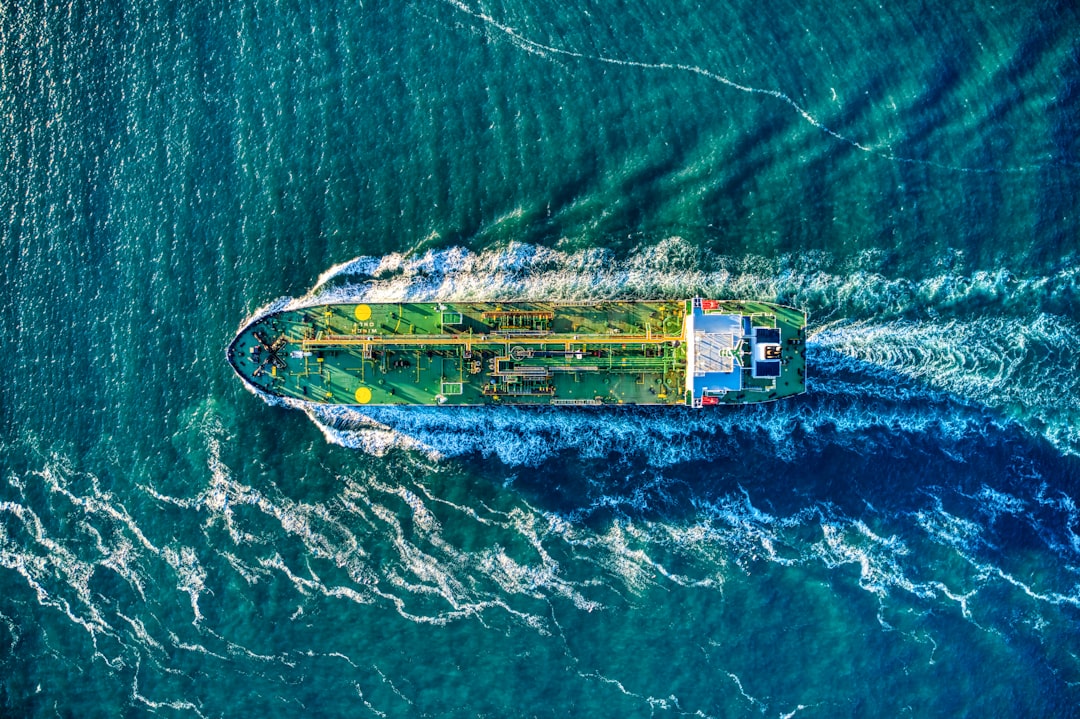What is it about?
We suggest a new empirical model for the adhesion of metallic clusters with MgO{100} substrate, which corrects the known bias of previous models toward structures with large interfaces with the substrate. It is parametrised for Pd based on density-functional theory calculations of MgO-supported clusters with sizes up to 80 atoms.
Featured Image
Why is it important?
The new model addresses the so-called “metal-on-top” effect, i.e., the enhancement of the adhesion due to the presence of other metal atoms on top of those, which are directly in contact with the substrate. This improves the accuracy of the model with respect to the wetting of the substrate by the metallic system. The proposed potential is continuous with respect to spatial coordinates and can therefore be used directly in molecular dynamics simulations.
Read the Original
This page is a summary of: Modelling the metal-on-top effect for Pd clusters on the MgO{100} substrate, The Journal of Chemical Physics, June 2013, American Institute of Physics,
DOI: 10.1063/1.4807725.
You can read the full text:
Resources
Contributors
The following have contributed to this page










